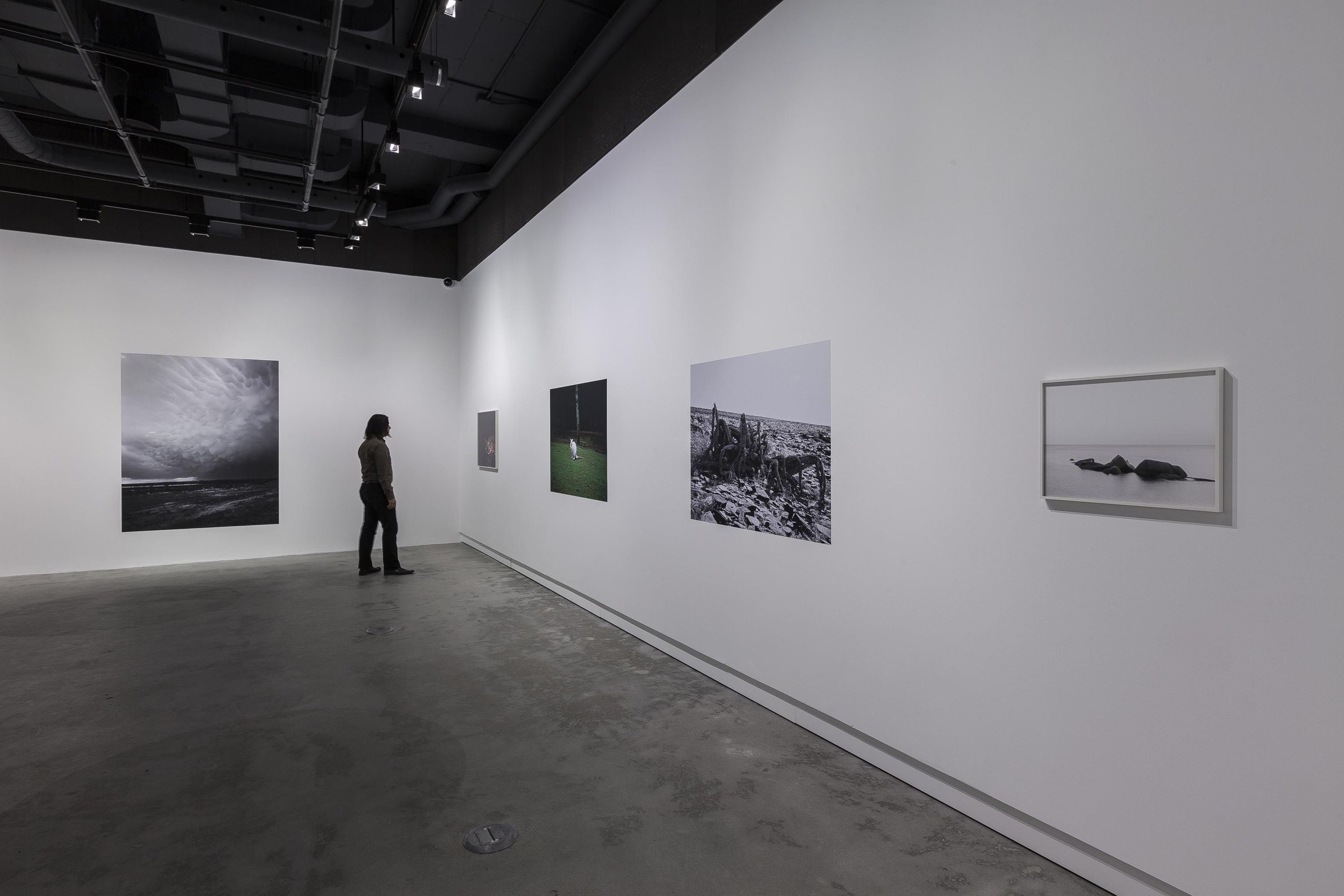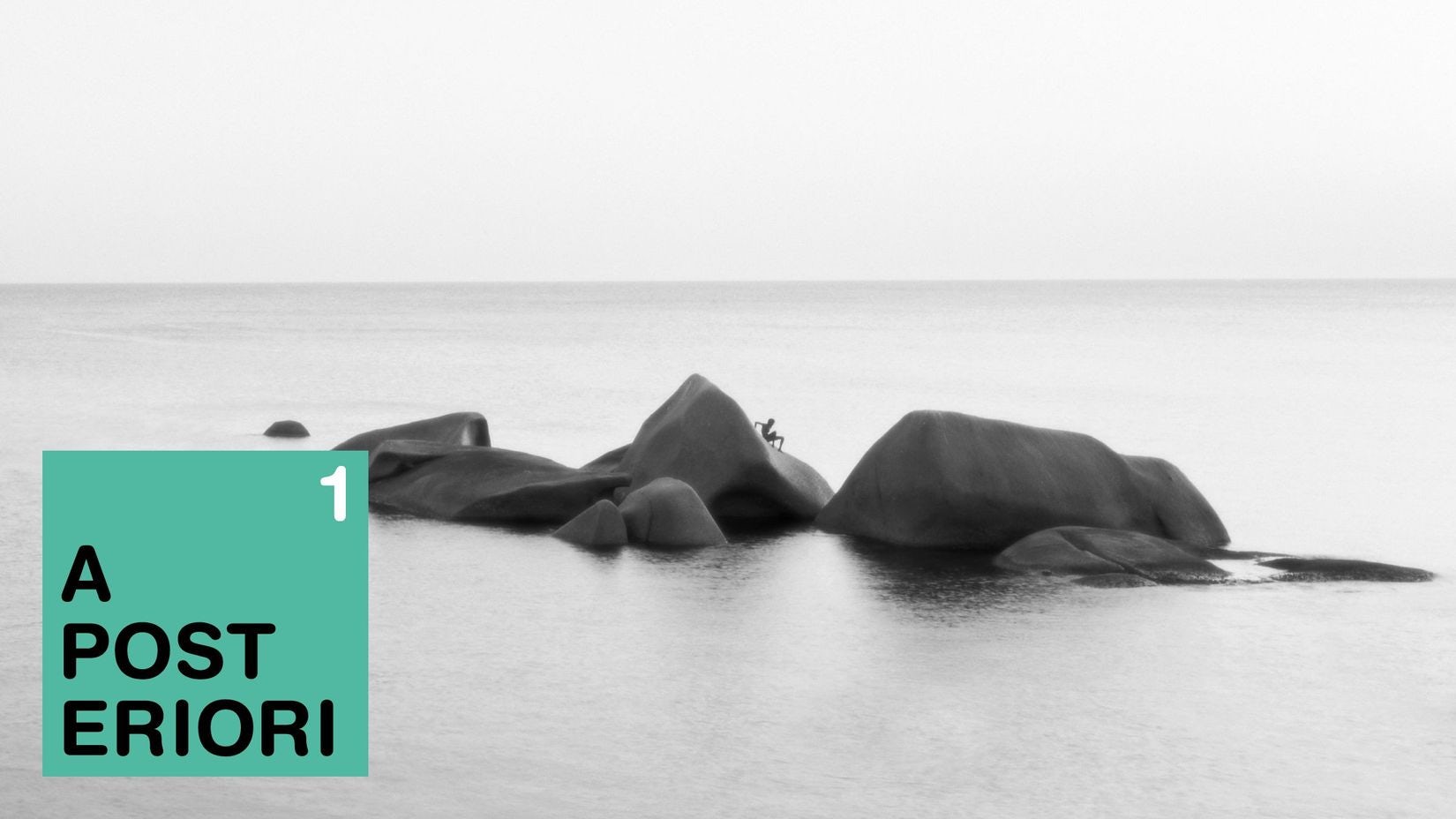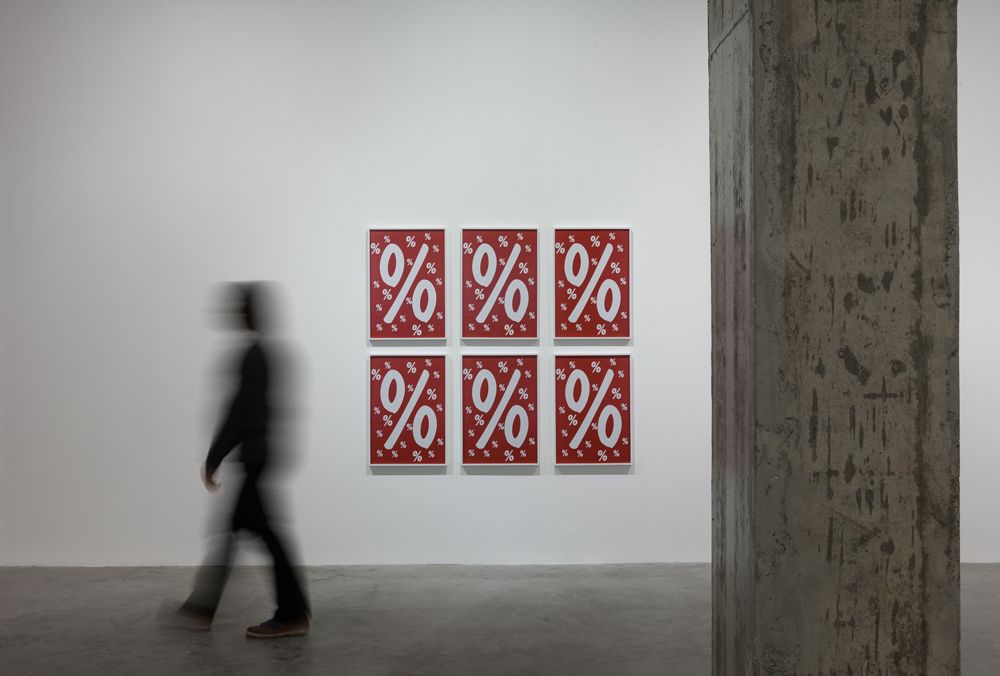
Geert Goiris
2014.05.02 - 06.28
The Oblique Vision of the Explorer
SERGIO MAH
What is the experiential and perceptual horizon of a photographed landscape? Why does the photographic, with its limitations and possibilities, have the ability to reconfigure the appearance of territory and, as a result, to trigger a perceptibility that goes beyond an experience of the visible? What relationships are interwoven between the real landscape, its representations and social actuality?
Geert Goiris’s work is intimately linked to these issues. Looking at his work, we find a great diversity of subjects and photographic genres, including architecture, portraiture and the photography of objects. Yet landscape is the genre that is at the heart of his photographic practice and imagination. In landscape Goiris reveals a clear attraction to territories that examine geographic boundaries, such as maritime landscapes, the desert, the savannah, volcanic zones, the polar region, glaciers, underground spaces, forests and mountains—in other words distant, remote and inhospitable places that lie at the edges of civilization and are frequently unsuited to human life due to their extreme topographic and climatic conditions, though in some images we glimpse traces of earlier occupation, now condemned to being slowly and patiently absorbed by nature.

Places tend to be represented from a general rather than a particular viewpoint, as metaphors or symptoms of a global rather than a specific reality. One senses the artist’s desire to emphasize a peripheral and oblique view of human presence and action, as if it were necessary to travel to geographical extremes in order to attain a perceptive level from which the full breadth and complexity of certain (historical, psychosocial, ecological, etc.) phenomena can be distinguished and examined.
Goiris is interested in landscape as a theme, but also as a perceptive model, as two absolutely inseparable dimensions that sanction the existence of a fundamental relationship between the gaze and reality, simply because there is no landscape without the gaze to create and frame it. In general, his photographs are notable for their absolute simplicity. It is as if the subjects were simply presenting themselves, free from any artistic mediation. A closer and more sustained analysis, however, reveals to us that Goiris’s photographs are not entirely objective, much less documentary. Their rhetoric lies in the combination of the image’s descriptive capacity with its potential for speculation and reconfiguration, i.e., in the articulation between the desire to represent suggestive and paradigmatic places in visual and symbolic terms and the necessary assumption of the image as a privileged form of aesthetic and critical (re)evaluation.
Another fundamental characteristic of Goiris’s work is the way that certain images instill a feeling of strangeness. Rather than being characteristic of the things themselves, the feeling of strangeness is fundamentally triggered by us as viewers, emerging from our sensibility and perceptivity, the result of a mental predisposition that, stimulated by the spatial and temporal freezing of the image, is able to blur the boundaries between the real and the unreal, between the known and the unknown, reinforcing a disquieting ambiguity, as if they issued from a hypnagogic state—the altered state of consciousness, halfway between wakefulness and sleep, in which the individual is more receptive to the intrusion of other visual frequencies.
In venturing to these sorts of places, the photographer endows the experience of the explorer with a contemporary meaning, more specifically a particular combination between the incursions into nature made by the Romantic painters, as exemplified by the work of Caspar David Friedrich, and the walk undertaken by W.G. Sebald through East Anglia, described in The Rings of Saturn. The contemplation of the ineffable and of the sublime expressions of the natural world is here framed within an analytical attitude that involves a consciousness of history and a critique of current reality.
To sum up, Geert Goiris is not only an explorer of geographical frontiers and expanses; his photographs are also distinguished by the exemplary way that they explore the value of impermanence in images, in the sense that, beyond their specific value, images fulfill a heuristic function, the search for another understanding of the nature of things, privileging this probing movement, in which vision is simultaneously suspended and liberated, the better to stimulate imagination and recollection. They are images that compel us to discover the nature and purpose of our own gaze. We will always have the possibility of looking at the image as something similar to what we have already seen and what we already know. But we can also, as Goiris does, accept the challenge of rethinking everything, knowing, beforehand, that we don’t see only (nor primarily) with our eyes, and that to fully experience the visible requires the mobilization of a body and a mind that are receptive to experiencing a reality that is sensed but that is not entirely seen, but from which starting point everything is imaginable.
VOX presents, in collaboration with Netwerk / center for contemporary art (Aalst, Belgium) and with support from the Flemish authorities, the first major exhibition in Canada of works by artist Geert Goiris.

